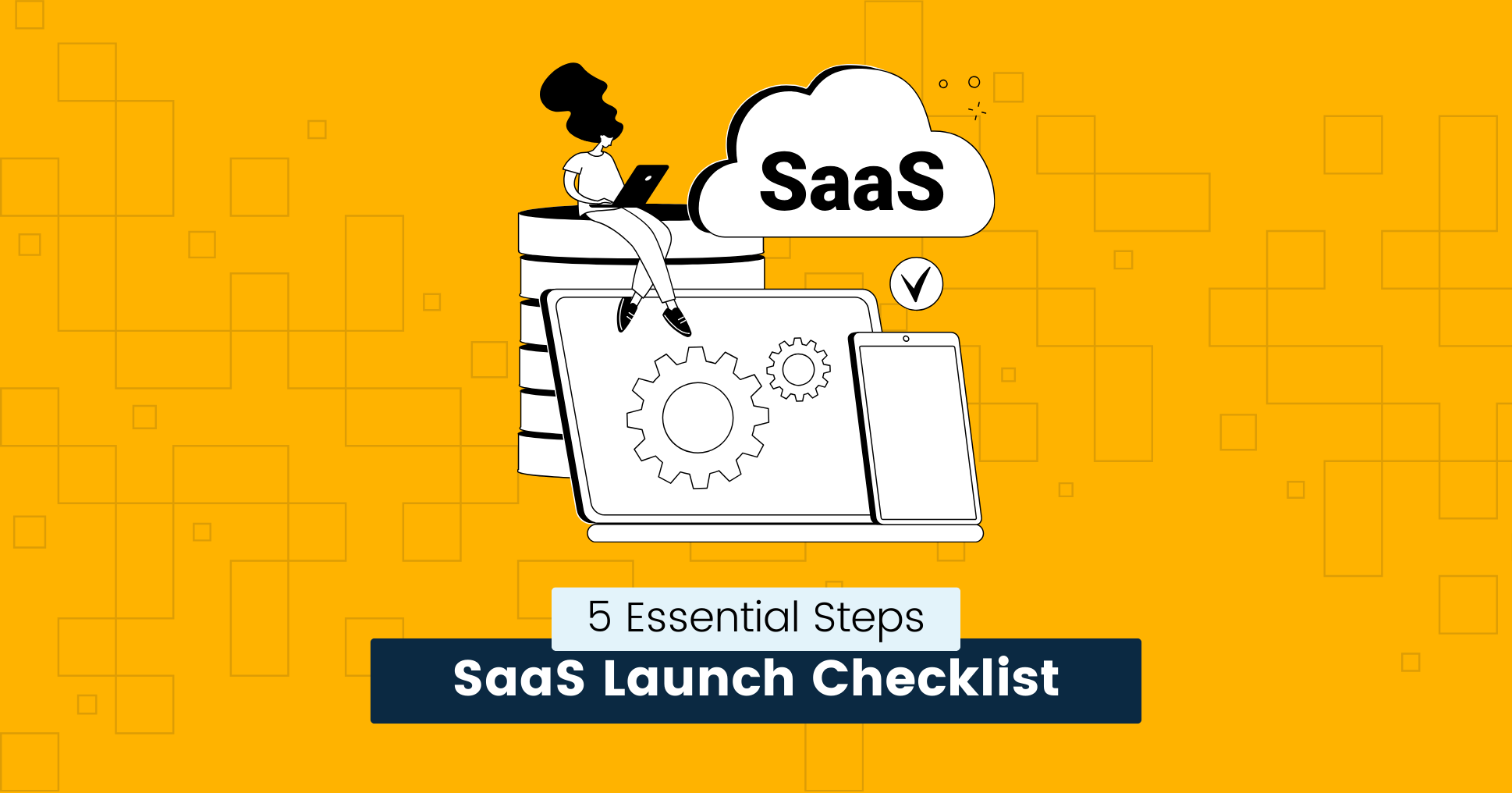SaaS Launch Checklist 5 Essential Steps You Should Follow
Launching a SaaS product requires careful planning and execution to ensure its success in the competitive market.
A well-planned SaaS launch is important to establish a strong market presence, attract early adopters, and gain a competitive edge.
It sets the stage for the product’s success and influences its long-term growth and sustainability.
In this SaaS Launch Checklist, we’ve curated some crucial steps to follow before every SaaS launch.
Types of SaaS Launches:
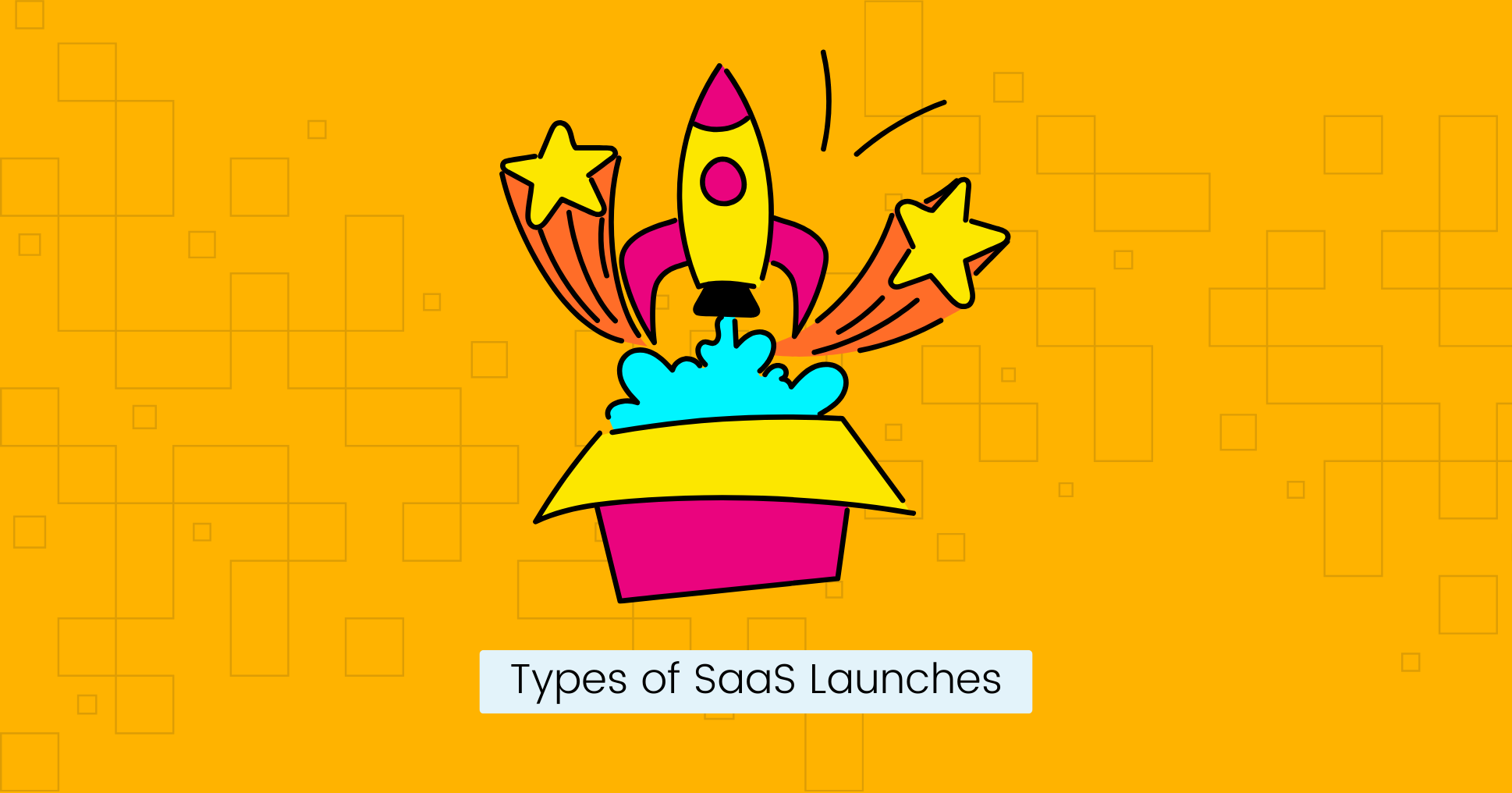
There are different types that you can consider for your product.
Each type has its advantages and challenges.
It’s important to understand the different options available to you before making a decision.
Here are the main types of SaaS launches to consider:
- Private Launch: This type of launch is limited to a selected group of users, such as beta testers or early adopters. It allows you to gather feedback and make necessary improvements before opening up to the public.
- Soft Launch: A soft launch involves releasing your product to a limited audience or a specific geographical area. It allows you to test and adjust before a full-scale launch.
- Hard Launch: This is a full-scale, public release of your product. It involves significant marketing and promotion efforts to create a big impact and attract a large user base.
- Public Beta Launch: This type of launch involves releasing a working version of your product to the public for testing and feedback. It lets you iron out bugs and gather user insights before the official launch.
- Rolling Launch: In this approach, you release your product in stages or to specific target markets over some time. It allows you to manage resources more effectively and adjust based on user feedback.
Understanding the differences between various types of product launches can help you choose the most suitable approach for your SaaS product.
Tip: If you want to market your SaaS to the right audience. Here is a quick guide to the best SaaS marketing strategies.
5 Steps of SaaS Launch Checklist:
You’ve learned about the types of launches. Now, here is a complete checklist you should not ignore at any cost:
Check Features and User Experience
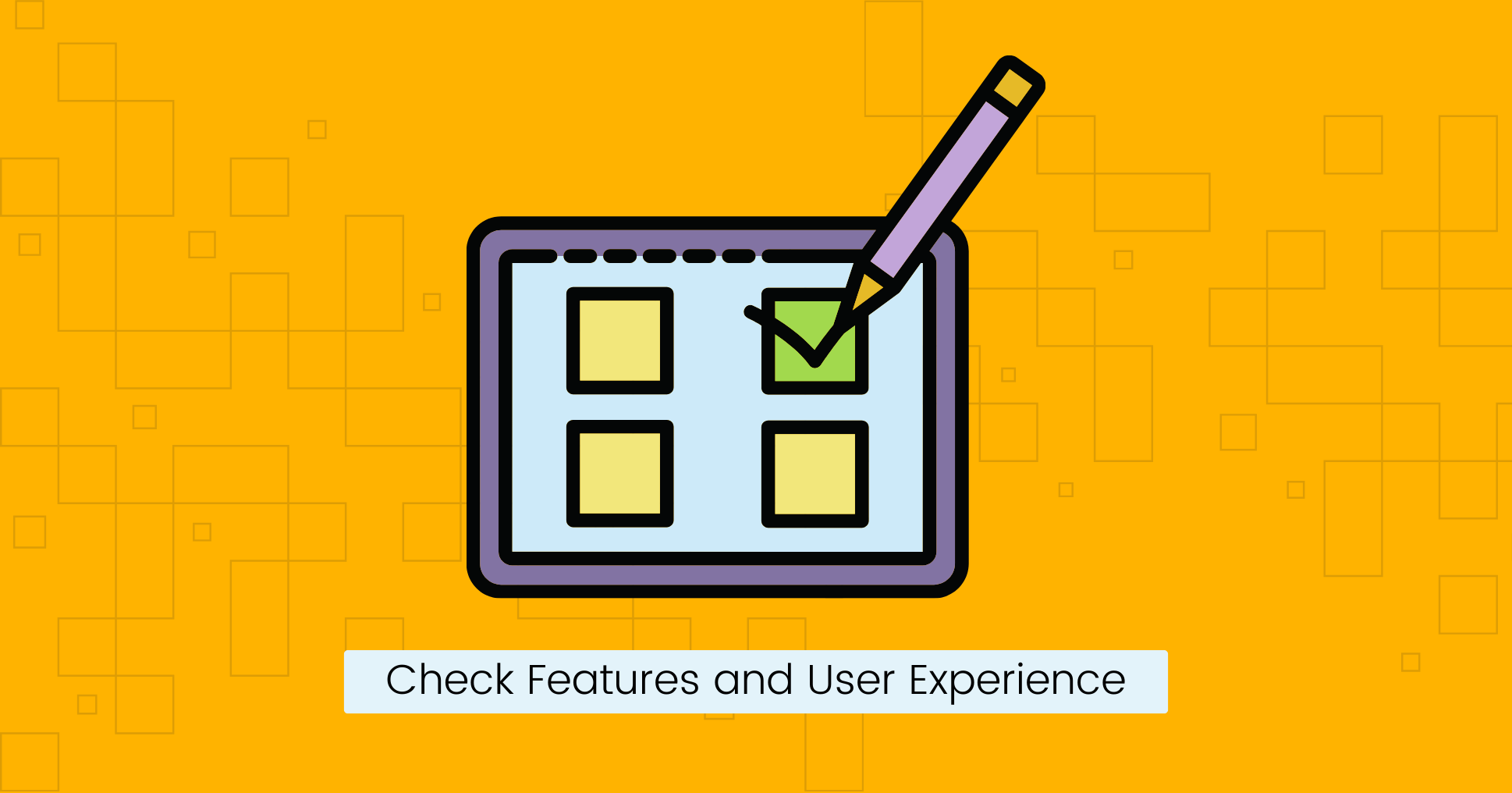
The first important step in preparing for the launch of your SaaS product is to ensure that it is fully ready from both a feature and user experience perspective.
It is important to check all your product’s functionalities to ensure they work as intended and provide value to your users.
Any bugs, glitches, or performance issues must be identified and resolved before the launch to guarantee a smooth and great user experience.
Your SaaS product’s user experience (UX) plays a key role in its success.
Pay close attention to your product’s design, navigation, and overall usability to provide your users with a smooth and satisfying experience.
Remember that a positive user experience can significantly impact user satisfaction, retention, and word-of-mouth referrals.
- Ensures that all features work as intended before release.
- Verifies that features do not introduce vulnerabilities.
- Confirms that the software operates correctly across different devices and browsers.
- UX is critical for user satisfaction; a positive experience will likely increase retention rates.
- Engaging UX can lead to more frequent and long use of the SaaS product.
Get Early Feedback and Iteration
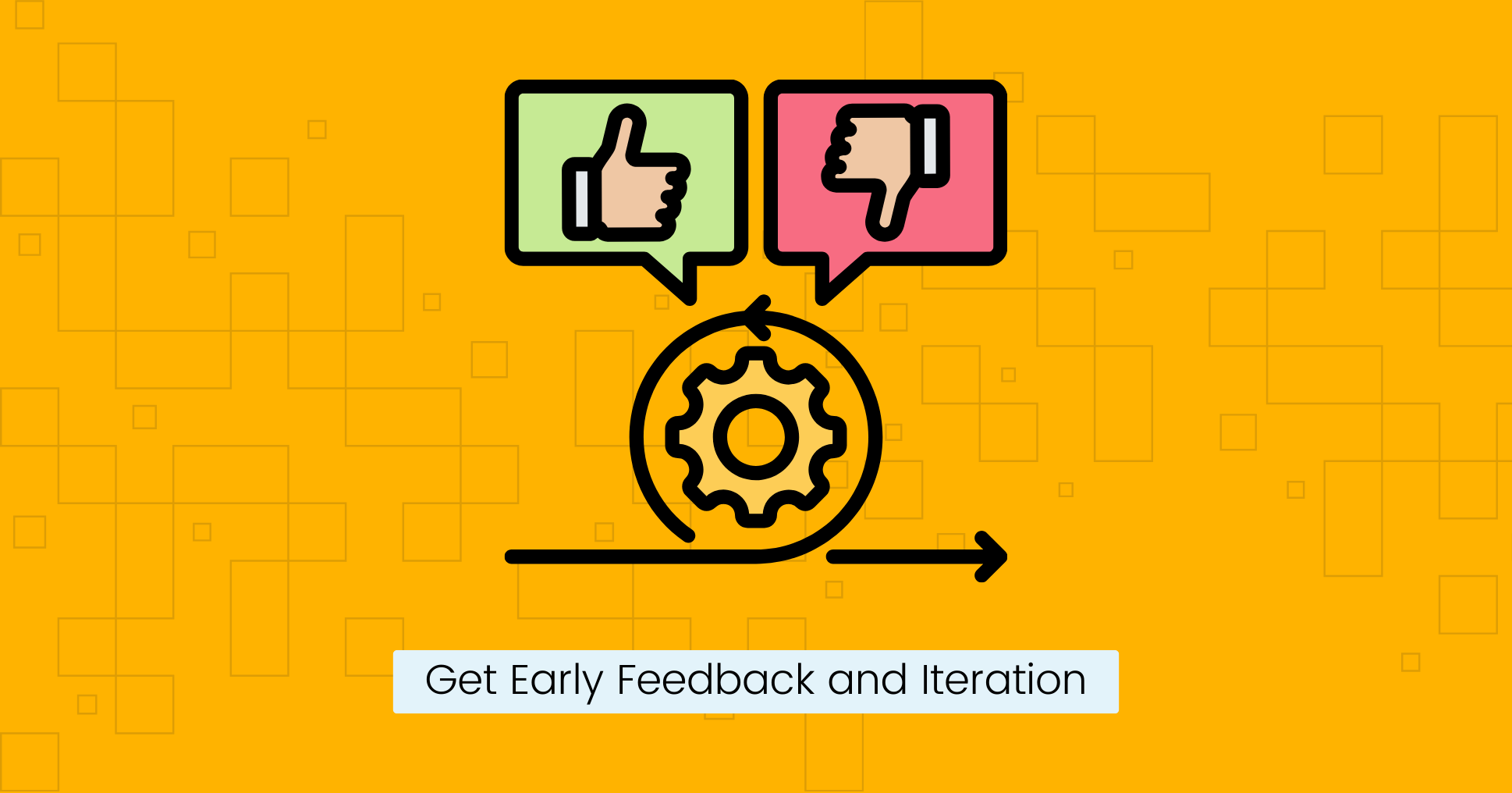
When launching your SaaS product, gathering early feedback from users is essential. This feedback will provide valuable insights into how your product is being received and used.
By incorporating this feedback into iterative improvements to your product, you can ensure that it meets the needs and expectations of your target audience.
Also, involving your users in the early stages of your product development can create a sense of ownership and loyalty, which can be invaluable as you grow your customer base.
- Early feedback ensures that the product meets market needs and user expectations.
- Feedback can help prioritize which features are most important to users and need improvement or development.
- Engaging with early users can build community and loyalty around the product.
- Iteration allows for constantly enhancing the product based on user feedback and changing market conditions.
- Regular iteration enables the SaaS product to adapt quickly to user needs and technological advancements.
- Iteration encourages a culture of innovation, where new ideas are continuously tested and implemented.
Pro tip: Make sure to setup analytics properly on your website. Google analytics and Microsoft clarity are great tool to collect customer insight on the go.
Identify the key performance indicators (KPIs)
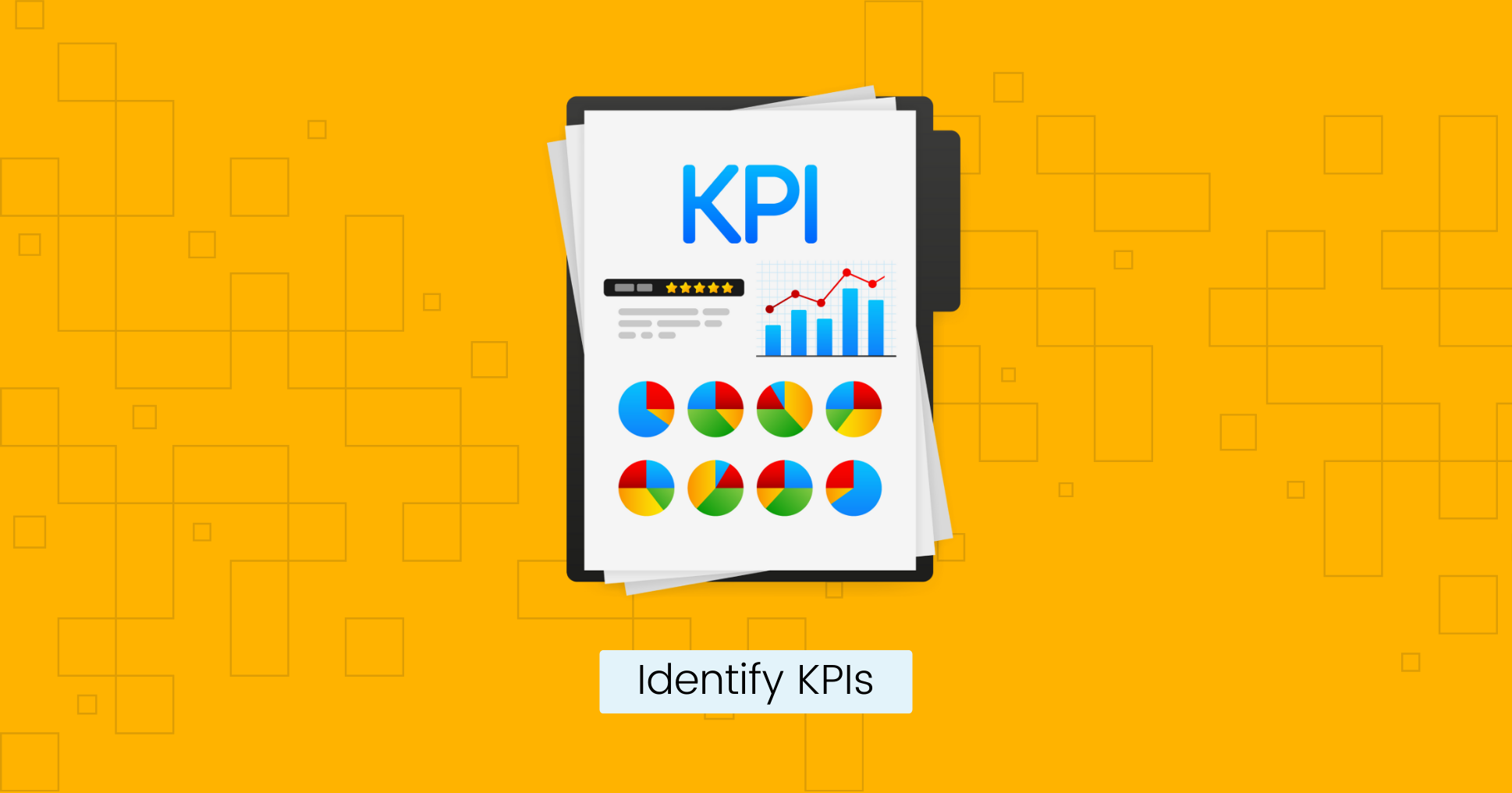
Specify the key performance indicators (KPIs) that will indicate success, such as customer acquisition cost, average revenue per user, monthly recurring revenue, and more.
By setting specific goals and SaaS marketing metrics, you can effectively track the impact of your launch and make informed decisions for future strategies.
- KPIs provide clear metrics to measure the product’s success against its goals.
- They offer actionable data that can guide decision-making processes.
- KPIs allow tracking progress over time, showing whether the product is improving and growing as intended.
- Understanding performance through KPIs helps allocate resources more effectively to areas that drive growth or need attention.
- They provide an objective baseline for analyzing the product’s performance, removing ambiguity and personal bias.
- Investors often require KPIs to assess the health and potential of the SaaS business.
- They help in aligning the team’s efforts with the overall business objectives.
Technical Scalability and Infrastructure
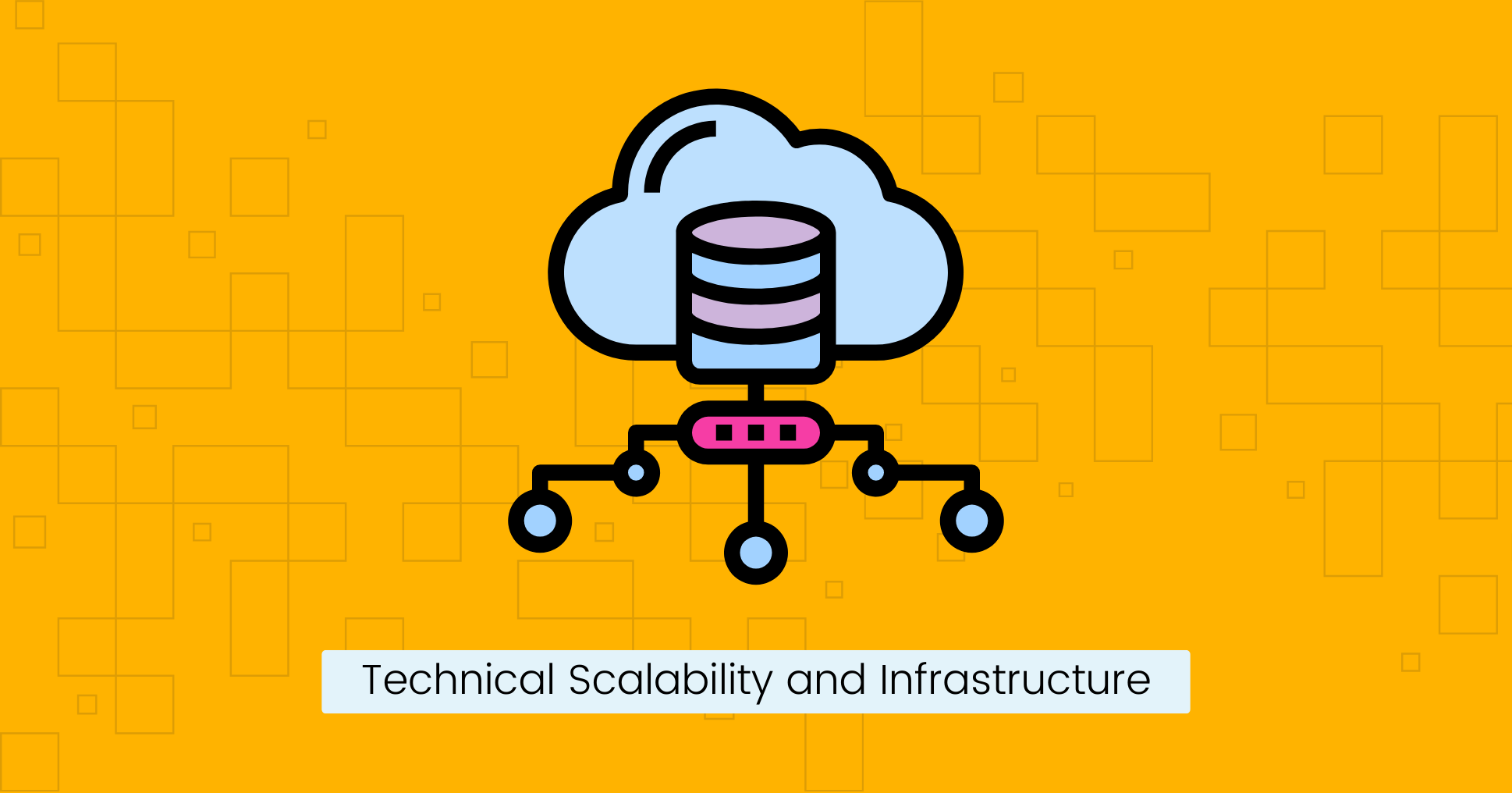
Technical scalability and infrastructure are critical factors for successfully launching your SaaS product.
You must ensure that your software architecture and infrastructure are scalable to meet the growing user base and increasing demands for your product.
Scalability is essential to prevent downtime and performance issues as your SaaS product scales.
Consider cloud infrastructure and data security to ensure your SaaS product is reliable and secure. A robust technical infrastructure is important to provide a smooth and secure user experience.
- Scalability ensures that the system can handle increased loads without performance degradation as the user base grows.
- A scalable system can quickly adapt to market changes, such as sudden increases in demand.
- It is critical for the long-term success of a SaaS business as it underpins the ability to expand and accommodate future growth.
- Robust infrastructure assures that the service is consistently available to users.
- Good infrastructure supports fast and responsive service, which is critical for user satisfaction.
- A well-designed infrastructure includes security measures to protect against data breaches and other cyber threats.
Perform Marketing of your SaaS
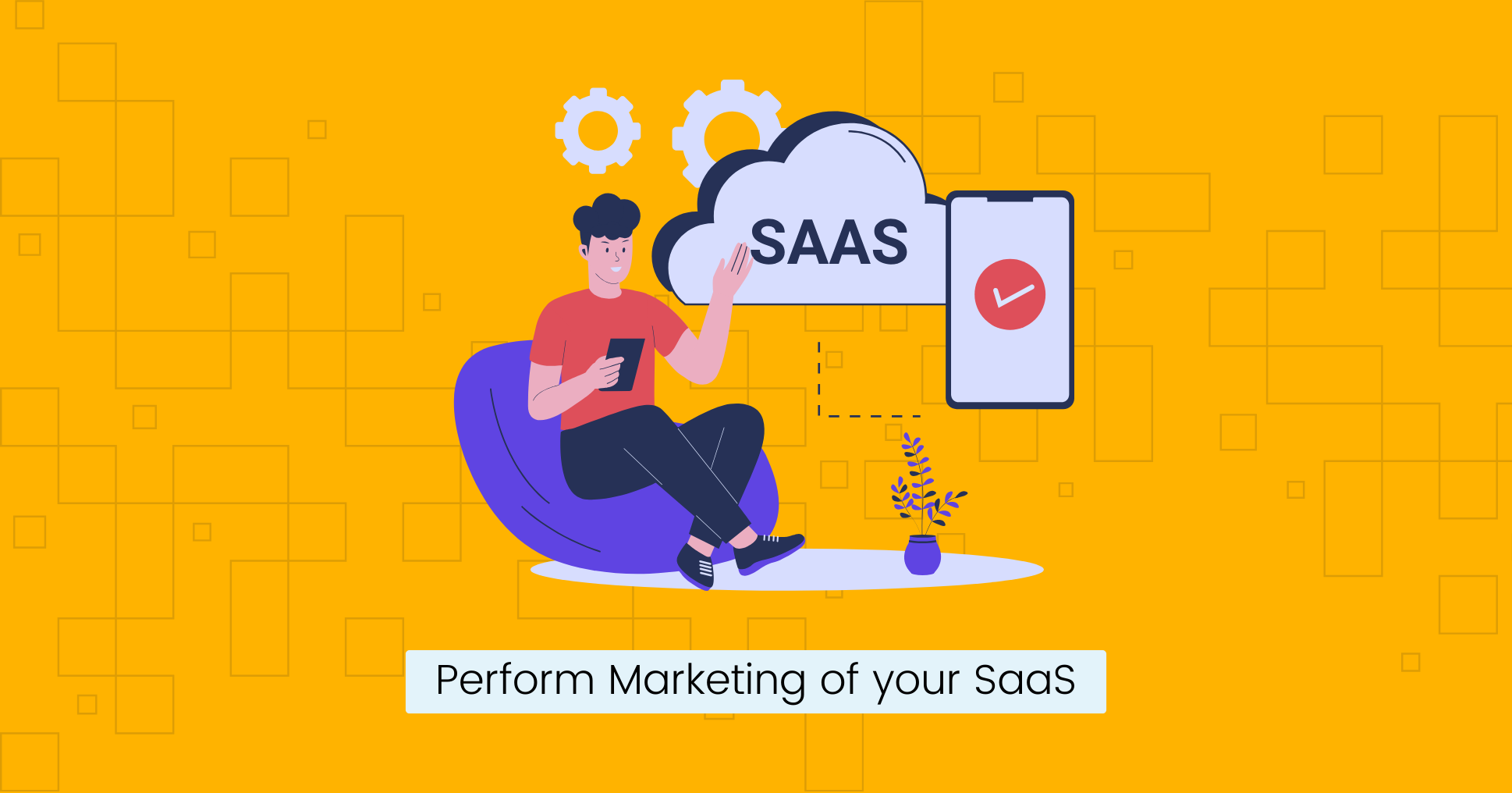
Your marketing strategies are essential to generate interest and drive the adoption of your SaaS product.
It involves a comprehensive approach that includes digital marketing efforts, content creation through blog posts, social media, and networking.
It’s important to pitch the unique selling points of your product and communicate them effectively to your target audience to maximize the impact of your launch.
- Marketing helps create awareness about your product among potential customers.
- Effective marketing strategies drive lead generation, increasing the potential customer base.
- It allows you to position your product in the market and differentiate it from competitors.
- With more customers, the potential for revenue growth increases.
- Marketing activities can provide valuable feedback from the market, which can inform product development and improvements.
- Consistent marketing contributes to building a strong brand, which can improve customer loyalty and advocacy.
- It educates your target audience about the problems your SaaS solves and its benefits.
Tip: If you want to use additional help in digital marketing of your SaaS. You can use Tetriz fractional CMO services.
Final Words:
The SaaS product launch checklist is important because it covers every essential step that you should follow in launching your SaaS in the market.
You’ve learned five essential steps already; below are some more:
- Identify Target audience
- Launch on Product Hunt
- Plan Your Pricing Strategy
- Customer Support Readiness
- Build a Social Media Presence
FAQs
How can I develop a B2B SaaS product launch strategy?
To create a successful B2B SaaS product launch strategy, it is important to identify your target audience and their pain points. Once you have done this, create a marketing plan highlighting your product’s benefits and the problems it solves.
What should startups consider when launching a new SaaS product?
To launch a successful SaaS product, startups should focus on product-market fit, competition, value proposition, launch budget, checklist, and marketing.
Why is timing important when launching a SaaS Product?
Timing is important when launching a SaaS product. Launch when demand is high. Sync launch with marketing. Set a firm launch date and stick to it.

